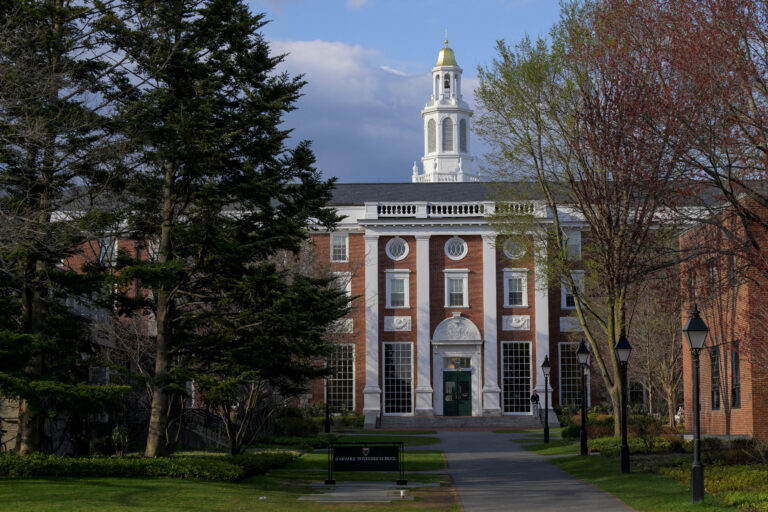What’s next for Spaceport America?

It was glamour and glitz again as Virgin Galactic sent its last space tourists into the heavens this month. Now the company will fade away for two years to build the next generation ship – not here but in Mesa, Arizona.
What’s next for Spaceport America? Maybe it’s time to go back to Plan A. In case you’re wondering, Virgin Galactic was Plan B.
“Spaceport America began as New Mexico’s dream to integrate and promote its space industry to grow the state’s economy,” wrote space economist Thomas Matula in The Space Review. “Instead, it got lost in this detour into suborbital space tourism.”
Matula has history in New Mexico’s spaceport. Beginning with his MBA and PhD in business administration from NMSU, Matula became an expert on spaceports. He’s a professor of business administration at Sul Ross State University in Alpine, Texas, As a Ph.D. candidate he worked on the initial feasibility study for a spaceport. “That study envisioned a very different spaceport from the one operating today,” he wrote. “Instead of a facility built around an anchor client, Virgin Galactic, whose business is based on the transport of tourists into suborbital space, back in 1991 (the proposed spaceport) was supposed to be the flagship of New Mexico’s space industry.”
It all started in 1930 with Dr. Robert Goddard’s research near Roswell. That led to White Sands Missile Range, where the army during World War II tested German V-2 rockets. To support those tests, NMSU created the Physical Science Laboratory in 1946. “PSL’s ground-breaking research has shaped the nation’s space and rocket programs for more than three quarters of a century,” Matula wrote.
In this period Los Alamos National Laboratory spun off Sandia National Laboratories and the Air Force Research Laboratory, which soon expanded their work to include rockets and space technology. With New Mexico’s research universities – UNM, New Mexico Tech and NMSU – New Mexico had “substantial capability for space research and development.”
Matula wonders how the founders’ vision pivoted to space tourists.
I know because I was covering it. (My first story about the proposed spaceport was in 1995.) As the idea was taking off, Gov. Bill Richardson, his economic development people and Branson found each other. The charismatic Branson had grand plans. State officials followed a shiny object. Besides, space tourism was easier to explain (and sell) to legislators than space research and development. And the state had money that year.
Branson didn’t deceive anybody, but his flights took far longer than anyone expected, which “put another kink in the economic development New Mexico once planned for the spaceport, a dream of revenue that would rescue this depressed pocket of the Chihuahua Desert,” Matula wrote. And now Sir Richard has waved goodbye for two more years.
Spaceport America has four other tenants, but they “bear little evidence of any strategic integration with New Mexico’s space industry,” Matula wrote. Maybe so, but they have invested substantially in their facilities here, they’ve notched successes, and together they could be the foundation of the spaceport’s next chapter.
Spaceport spokesman Charlie Hurley said “Spaceport America takes a proactive approach to identifying and communicating with aerospace and space companies” and the conversations are “frequent and ongoing in nature.”
This month a consultant is expected to deliver a master plan to the New Mexico Spaceport Authority that examines growth opportunities for the state’s aerospace industry and identifies strengths and challenges for the facility.
“I am not holding my breath that it will be any better than studies in the past,” wrote Matula. He sees a return to the original vision as the best way forward.
If the consultants are thorough they will look at the industry history here and not be distracted by shiny objects.
(EDITOR’S NOTE: Sherry Robinson is a syndicated columnist whose work is distributed by New Mexico News Services.)



